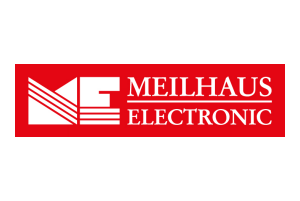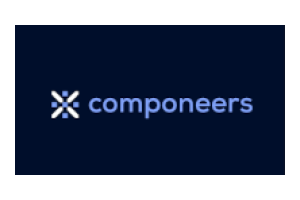The “shift-left” development approach
Developing Software Early - in the Cloud
How does development in the cloud work with the automotive reference platform from Arm and TRACE32 from Lauterbach? The Lauterbach booth at embedded world will provide the necessary information.
In order to be able to start software development as early as possible before real chips are available (in sufficient numbers), development is increasingly being started on virtual targets in the cloud. Providers such as ASTC, Corellium, Synopsys and others offer entire chips or even automotive platforms “in software” for this purpose.
The Arm Automotive Reference Design 1 AE (or RD-1 AE, see figure) introduces the concept of a high-performance Arm Neoverse V3AE Application Processor (Primary Compute) system augmented with an Arm Cortex-R82AE based Safety Island for scenarios where additional system safety monitoring is required. The system additionally includes a Runtime Security Engine (RSE) realized on an Arm Cortex-M55 and used for the secure boot of the system elements and the runtime Secure Services. In addition, an open source software package is supplied with the Xen hypervisor and the Zephyr OS real-time operating system, among other things.
The US company Corellium has fully virtualized this platform and brought it into the cloud. With the exception of the core count for the applications cluster, the virtual hardware platform faithfully represents the entirety of this architecture including SystemReady IR support, trusted services and Arm Trusted Firmware. The applications core count was reduced to four instead of 16 to make the platform more affordable to run. In addition the virtual hardware platform also implements the entirety of the RD-1 AE virtualization features including the ability to run Type 1 and Type 2 hypervisors. The Arm software package includes the Xen hypervisor. While multiple commercial hypervisors have been validated on Corellium virtual hardware platforms they are not included.
The special feature is that the virtual platform runs on AWS instances at Amazon Web Services with real Arm hardware (specifically: Amazon’s Graviton Arm Server), so that the Arm instructions of the virtual Arm cores do not have to be migrated to x86, as is the case with many cloud solutions. Performance is therefore significantly higher close to silicon. The system boots to a Linux prompt in just under 30 seconds.
Lauterbach’s “SDV Ready” TRACE32 debug tools are already capable of debugging the entire Corellium platform in the cloud, both the Neoverse V3 and the Cortex-R82AE and Cortex-M55 clusters. Lauterbach’s TRACE32 PowerView software provides a consistent user interface and feature set for any mix of core architectures. You can debug all types of multicore configurations with up to 16 synchronized PowerView instances via a single debug probe. Within a system, each core can have its own core architectures, memory models, operating systems, address translations, and debug symbols, as well as its own physical address space.
At Lauterbach’s booth visitors can explore not only debugging of Corellium’s Arm virtual hardware RD-1 AE, but also exactly the same demos on real targets and their digital twins using the Synopsys Virtualizer Development Kit (VDK).










